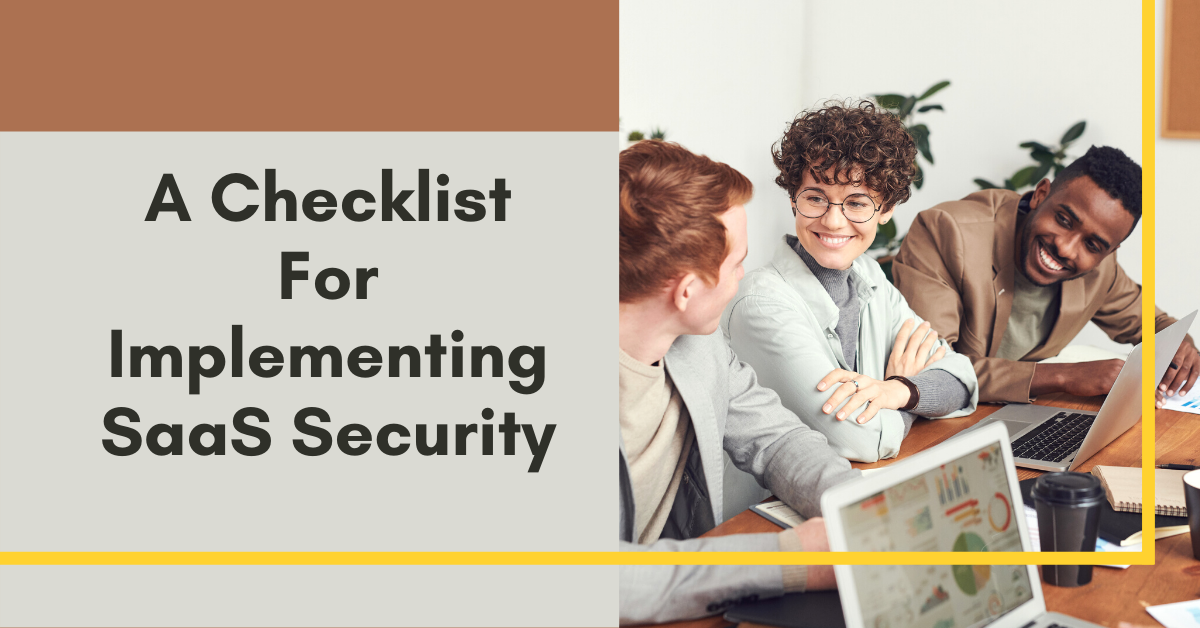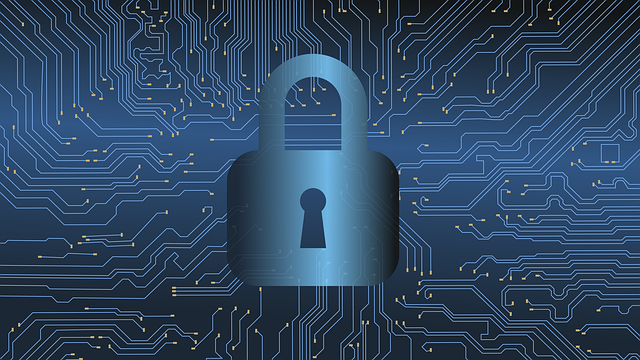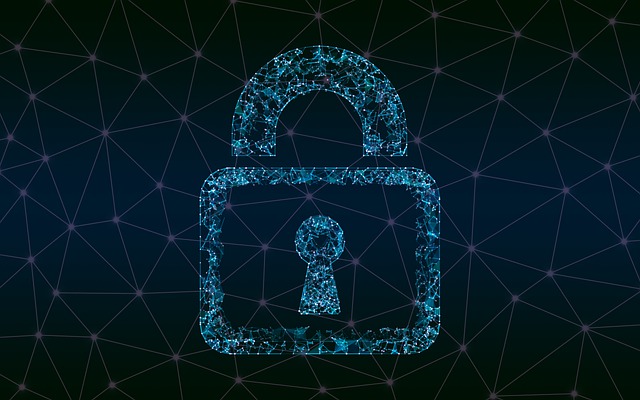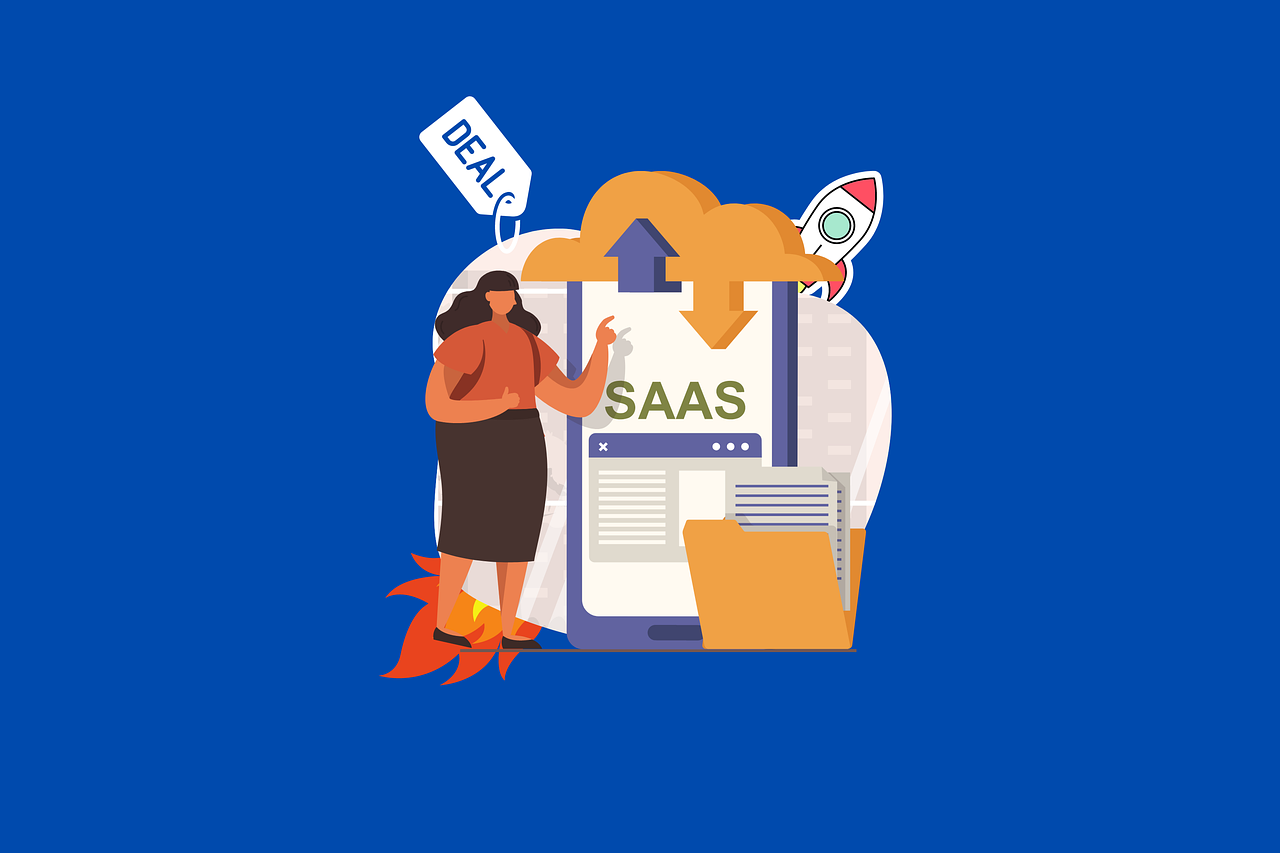Here, we will show you a checklist for implementing SaaS security.
Today’s businesses maintain their competitive edge through quick and efficient adoption of technological advantages such as SaaS software for better provision of customer services and shared security responsibility.
Of course, SaaS security can be better implemented with the firm’s active participation and knowledge of optimum practices while migrating from on-premise to cloud infrastructure.
Here’s where a SaaS security checklist can work out in your favour. Along with motivating your company to look at the integration of SaaS practices in one’s daily functions, awareness of the general aspects related to the software can help out in the long run.
Table of Contents
6 Steps in the SaaS Security Checklist
The ideal SaaS security checklist should be implemented while considering the different SaaS vulnerabilities and loopholes from the past, present, and future.
This will help form a more informed approach and deal with the overall aspect of SaaS security even with low technical awareness.
1. The SaaS security guide
Forming a SaaS security guide as your initial step will inform future security approaches, pen-testing methodologies, and essential updates. The perfect combination would be industry-approved practices, along with inputs from the internal IT security team and expert advice, if any.
There may be unique requirements under which your software environment functions and details such as these will be mentioned in the guide for better security implementation.
A preliminary guide also requires understanding the entire system, which can provide the first list of potential vulnerabilities and security loopholes to look out for.
If any of these can be modified through internal control and changes in employee best practices, all such steps can be implemented before engaging in a widespread security strengthening procedure.
As a final touch, note that firm-based and other security standards are a part of the regulatory compliance for SaaS companies.
READ ALSO: 10 Innovative Cybersecurity SaaS Ideas
2. Deployment security
Your preferred SaaS vendor will have two primary deployment options: cloud or self-hosted. In the first option, the vendor ensures data security and appropriate segregation according to the business needs.
The second scenario will focus on your responsibility in ensuring smooth deployment, prevention of denial of service (DoS), brute force, and network attacks, etc.
As general advice, the automation of SaaS services deployment is a much-preferred option to avoid human errors as much as possible.
3. Security controls
There are specific security controls that can be turned on within the SaaS software for better risk detection and mitigation to avoid data leaks and other cyberattacks.
Data encryption is the most crucial step as it encodes the information and creates ciphertext that authorized personnel can only read.
A firewall monitors your website traffic and adds to the protection by limiting application privileges and maintaining complex user credentials.
Finally, identity and access management features protect user privileges by using strict password rules and 2-factor authentication for user authentication.
4. SDLC security
The security of the software development lifecycle (SDLC) is an ongoing process and is advised as it reduces the number of mistakes to be rectified at the final stage of development.
The security activities that are usually implemented in the middle of the process include secure coding processes, vulnerability analysis and penetration testing (VAPT), along with standard security checks.
The internal team is thus forced to simultaneously check functionality and security issues as part of the development process and reduce the mistakes (and costs) that pop up later.
5. Check the automated backups
Ensuring backups along the entire SaaS configuration process is a crucial step to avoid the risk associated with data loss.
This calls for the configuration of automated backups which both simplifies the process and ensures that it’s conducted on a regular basis to capture the latest changes in the data.
Every disaster recovery plan must include a provision for the regular maintenance of backups, preferably automated, to avoid any hiccups in regular business operations through quick data recovery.
6. CASBs
Look into cloud access security broker (CASB) options for SaaS security when your SaaS vendor cannot provide your desired level of security and protection.
This allows you to add an extra layer of protection and security controls that may not be native to your SaaS application, thus covering the loopholes in your SaaS security strategies.
CASBs come as proxy-based and API-based security so you’ll need to make the call depending on your existing IT infrastructure and the company requirements.
SaaS Security Checklist: Frequently Asked Questions
What are the security requirements for SaaS?
Unfortunately, there’s no single, universally mandated set of security requirements for SaaS. However, there are several essential areas to consider:
- Data Security: The SaaS provider should have robust measures to protect your data at rest and in transit. This includes encryption, access controls, and regular security audits.
- Compliance: Depending on your industry and the type of data you store, the SaaS provider may need to comply with specific regulations like HIPAA, GDPR, or PCI DSS.
- Access Controls: The provider should offer strong access controls to ensure that only authorized users can access your data. This includes multi-factor authentication (MFA) and managing user permissions.
- Incident Response: The provider should have a clear incident response plan outlining how to handle security breaches and data leaks.
How can I assess SaaS security?
Here are some steps you can take to assess the security posture of a SaaS provider:
- Review Security Documentation: The provider should have a detailed security policy outlining their security practices and commitments.
- Ask Questions: Don’t hesitate to ask the provider-specific questions about their security measures, compliance certifications, and incident response procedures.
- Conduct Security Audits (if possible): For critical business applications, consider having independent security professionals conduct penetration testing or vulnerability assessments of the SaaS platform.
What is SaaS-based security?
SaaS-based security refers to security solutions delivered as a service over the Internet. These solutions can encompass a variety of tools and services, such as:
- Data encryption: Protects your data from unauthorized access, even if it’s intercepted.
- Identity and Access Management (IAM): Provides fine-grained controls over user access to data and applications.
- Security Information and Event Management (SIEM): Collects and analyzes security data from various sources to identify and respond to potential threats.
What is the security responsibility of a SaaS provider?
The security responsibility in a SaaS model is shared between the provider and the customer. The provider is responsible for securing the underlying infrastructure, platform, and data storage. The customer is responsible for securing their data within the SaaS application, managing user access, and following best practices to minimize security risks.
What are the basic security requirements?
Here are some fundamental security requirements to consider for any SaaS application:
- Strong Passwords and MFA: Enforce strong password policies and implement multi-factor authentication for all user accounts.
- Regular Backups: Ensure the SaaS provider has a regular backup and disaster recovery plan in place.
- User Training: Educate your employees on secure SaaS usage practices, including awareness of phishing attempts and social engineering tactics.
- Monitor for Suspicious Activity: Be vigilant and monitor for any unusual activity within your SaaS accounts.
Wrapping Up Implementing SaaS Security Checklist
This list covers just the introductory provisions of a standard SaaS security checklist – depending on your company’s unique requirements, you’ll need to add on provisions.
The purpose of SaaS security should be to protect sensitive customer data and ensure that business operations can continue without any disruptions or long-term damage due to cyberattacks that could have been prevented with a bit of extra care.
INTERESTING POSTS
- How To Protect Your SaaS Applications Against Ransomware
- 3 Critical Cybersecurity Questions To Ask Before Buying a Marketing SAAS Product
- Internet Safety Rules Checklist [MUST READ]
- 6 Online Security Tips for Kids
- Top 5 Checklist for Choosing a VPN Service Provider
- 3 Critical Cybersecurity Questions To Ask Before Buying a Marketing SAAS Product
About the Author:
Chandra Palan is an Indian-born content writer, currently based in Australia with her husband and two kids. She is a passionate writer and has been writing for the past decade, covering topics ranging from technology, cybersecurity, data privacy and more. She currently works as a content writer for SecureBlitz.com, covering the latest cyber threats and trends. With her in-depth knowledge of the industry, she strives to deliver accurate and helpful advice to her readers.
Meet Angela Daniel, an esteemed cybersecurity expert and the Associate Editor at SecureBlitz. With a profound understanding of the digital security landscape, Angela is dedicated to sharing her wealth of knowledge with readers. Her insightful articles delve into the intricacies of cybersecurity, offering a beacon of understanding in the ever-evolving realm of online safety.
Angela's expertise is grounded in a passion for staying at the forefront of emerging threats and protective measures. Her commitment to empowering individuals and organizations with the tools and insights to safeguard their digital presence is unwavering.










